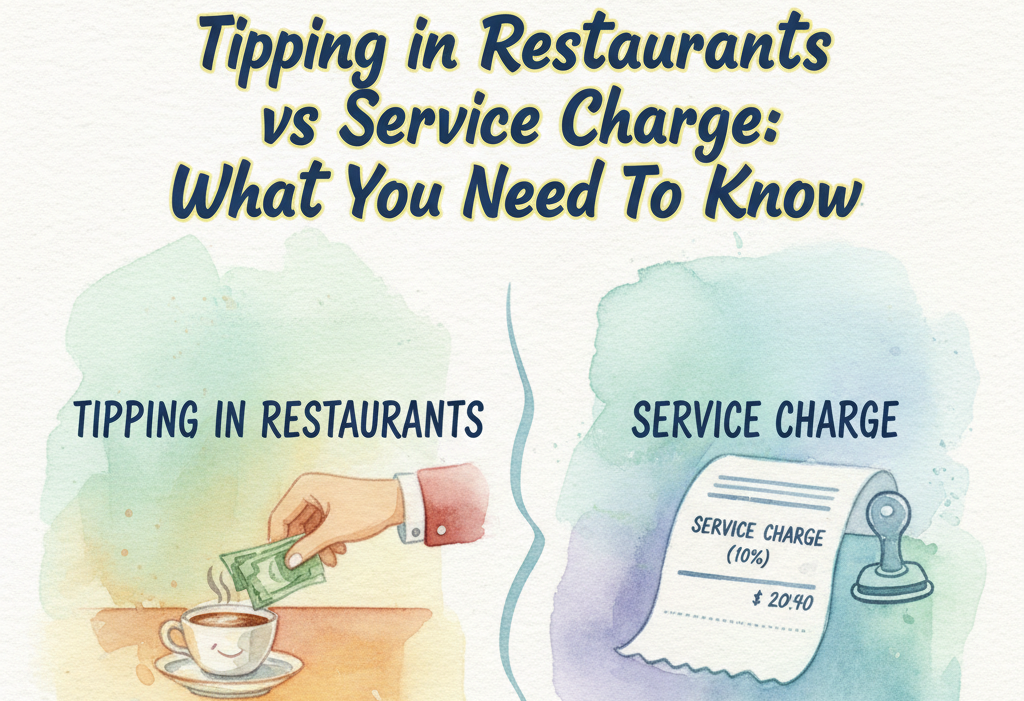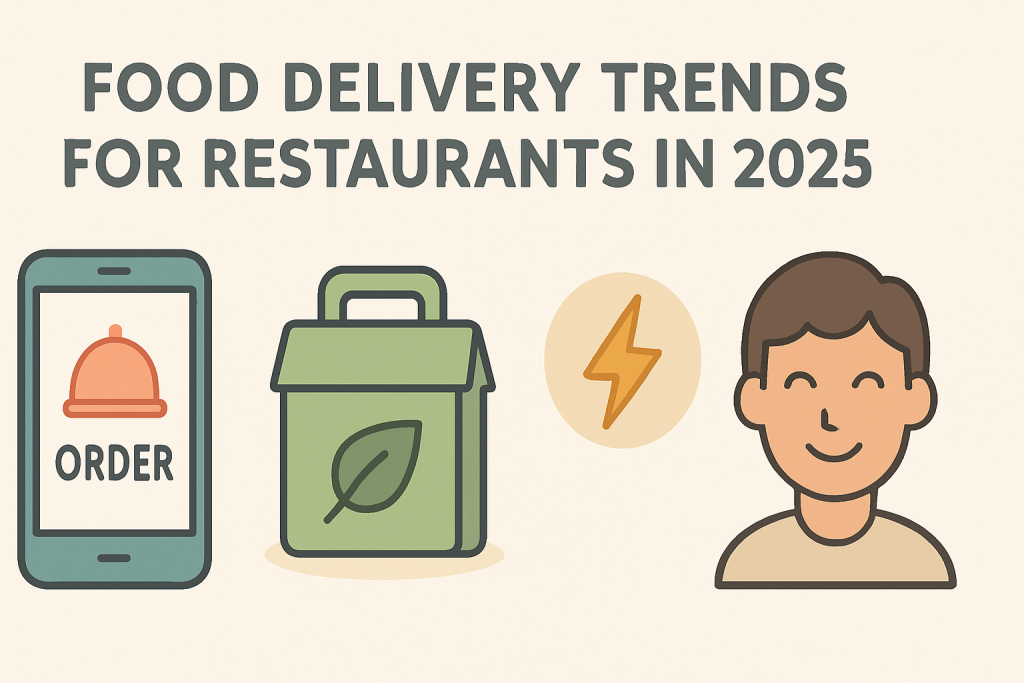In the fast-paced restaurant industry, efficiency is paramount for success. A well-designed kitchen layout is important for maintaining a clean and organized kitchen, that will impact productivity, reduce wait times, and ultimately enhance customer satisfaction. This article will delve into the key elements that contribute to an efficient restaurant kitchen layout and provide actionable steps to optimize your kitchen space. By following these insights, you can propel your operations forward, maximizing productivity, and ensuring the success of your restaurant.
Analyze Workflow and Traffic Patterns
The foundation of an efficient kitchen layout begins with a thorough analysis of workflow and traffic patterns. Understanding how tasks and staff move within your kitchen is essential for identifying bottlenecks and areas that hinder productivity. Take the following steps:
Study the movement of staff and equipment, paying attention to traffic flow and potential congestion points.
Observe the journey of ingredients and dishes through each station, noting any inefficiencies.
Identify areas where staff frequently cross paths and assess if this can be optimized.
Take note of any challenges faced by staff in accessing equipment or supplies.
Optimize the Kitchen Layout
Armed with insights from the analysis, it’s time to make strategic adjustments to your kitchen layout:
Arrange workstations logically to minimize the distance between frequently used equipment, such as grills, ovens, and prep stations.
Ensure workstations are organized logically, creating clear pathways for staff to move around effortlessly.
Place high-volume items and commonly used ingredients within easy reach of each station.
Consider separate stations for food preparation, cooking, plating, and washing to avoid congestion.
Streamline Equipment Placement
Efficient equipment placement is crucial for a well-functioning kitchen:
Position cooking equipment, such as stoves and fryers, close to the corresponding workstations.
Install effective ventilation systems to maintain a comfortable working environment and prevent lingering steam and odors.
Utilize shelving and storage solutions to keep tools, utensils, and supplies organized and easily accessible.
Opt for space-saving appliances and equipment specifically designed for commercial kitchens.
Invest in Technology
Harness the power of technology to boost efficiency in your restaurant kitchen further:
Implement a point-of-sale (POS) system that integrates with the kitchen, allowing orders to be directly transmitted to different stations.
Utilize kitchen display systems (KDS) to digitize order tickets, reducing the chance of miscommunication and improving overall accuracy.
Consider employing inventory management software to monitor stock levels and streamline the replenishment process.
Prioritize Staff Training and Communication
Efficiency relies not only on layout and technology but also on well-trained and communicated staff:
Invest in comprehensive training programs to ensure staff are well-versed in the kitchen layout, equipment usage, and workflow so that it contributes to optimized kitchen workflow.
Foster effective communication among team members to minimize errors and delays.
Encourage open lines of communication between front-of-house and back-of-house staff to facilitate seamless coordination.
A well-designed restaurant kitchen layout is a cornerstone of operational efficiency. By analyzing workflow patterns, optimizing layout, streamlining equipment placement, embracing technology, and prioritizing staff training, you can significantly improve productivity and reduce wait times, ultimately enhancing the overall dining experience for your customers. To continue learning about effective restaurant management and kitchen optimization, explore our blog for more resources. Implement these strategies in your kitchen and watch your restaurant thrive with increased efficiency. Remember, efficiency is an ongoing process, so regularly reassess and fine-tune your kitchen layout to adapt to changing needs and maintain optimal performance. Happy cooking!



